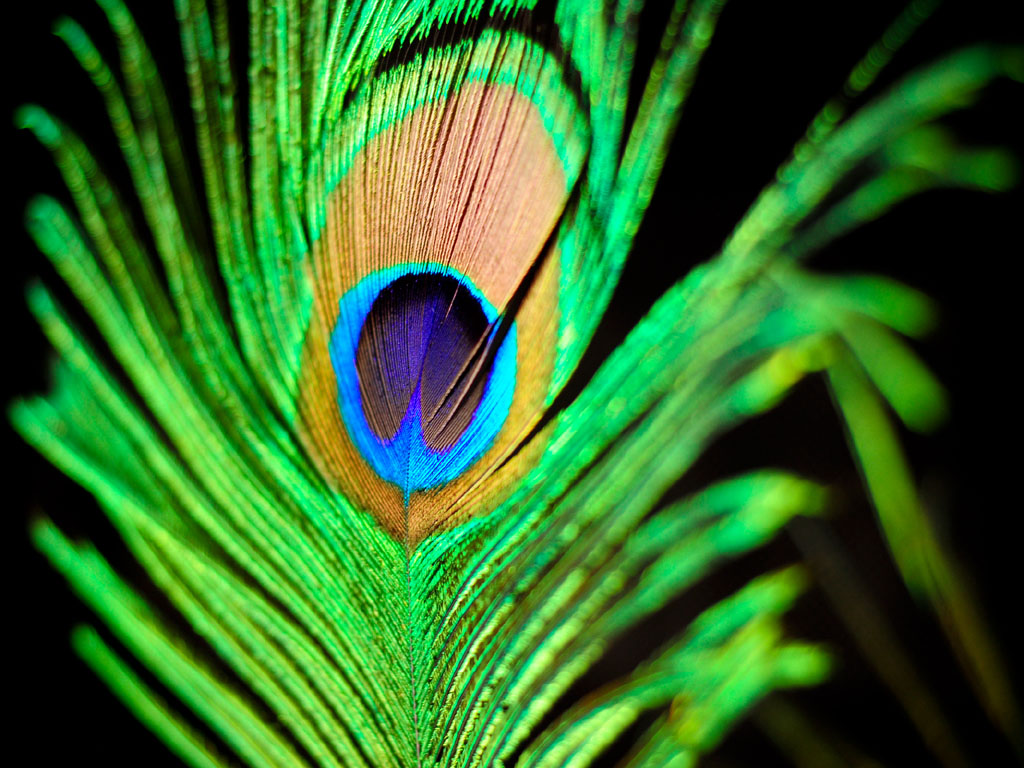Peacock feathers have long been admired for their stunning beauty and unique characteristics, captivating the hearts of many across cultures and generations. These iridescent plumes are not just visually striking; they hold deep cultural meanings and practical uses that have been appreciated throughout history. In this article, we will explore the fascinating world of peacock feathers, their biological significance, cultural importance, and practical applications, while ensuring a comprehensive understanding of this exquisite natural wonder.
From their vibrant colors that shimmer in the light to their symbolic representations in various cultures, peacock feathers are more than mere decorations. The intricate patterns and vivid hues present in each feather tell a story of nature's artistry, making them a subject of interest for artists, fashion designers, and nature enthusiasts alike. As we delve deeper into the topic, we will also discuss how these feathers contribute to the environment and their role in the ecosystem.
Join us as we embark on this journey to discover everything you need to know about peacock feathers, including their biological characteristics, cultural significance, and practical uses. Prepare to be amazed by the beauty and complexity of these remarkable feathers that have enchanted humanity for centuries.
Table of Contents
- 1. A Brief Biography of the Peacock
- 2. Biological Characteristics of Peacock Feathers
- 3. Cultural Significance of Peacock Feathers
- 4. Practical Uses of Peacock Feathers
- 5. Caring for Peacock Feathers
- 6. Sustainability and Ethical Considerations
- 7. Myths and Misconceptions about Peacock Feathers
- 8. Conclusion
1. A Brief Biography of the Peacock
The peacock, belonging to the genus Pavo, is renowned for its vibrant plumage and is primarily found in South Asia, although its beauty has made it a symbol of elegance worldwide. Here is a brief overview of its characteristics:
| Attribute | Description |
|---|---|
| Scientific Name | Pavo cristatus (Indian Peacock) |
| Habitat | Tropical rainforests, open grasslands, and wetlands |
| Diet | Herbivorous - seeds, fruits, insects, and small animals |
| Life Span | 15 to 20 years in the wild |
| Conservation Status | Least Concern (but habitat loss is a threat) |
2. Biological Characteristics of Peacock Feathers
Peacock feathers are not only beautiful but also exhibit fascinating biological traits:
2.1 Structure of Peacock Feathers
The structure of a peacock feather is composed of a central shaft, known as the rachis, from which barbs extend. These barbs are further divided into smaller structures called barbules, which create the feather's iridescent appearance.
2.2 Iridescence and Coloration
The iridescence of peacock feathers is a result of microscopic structures that refract light. This phenomenon allows the feathers to display a wide range of colors depending on the angle of light:
- Blue and green hues are dominant due to the microscopic arrangement of the barbs.
- The shimmering quality is enhanced by the presence of melanin and other pigments.
3. Cultural Significance of Peacock Feathers
Peacock feathers hold immense cultural significance in various societies:
3.1 Symbolism in Different Cultures
In many cultures, peacock feathers symbolize beauty, pride, and renewal:
- In Hinduism, the peacock is associated with the goddess Saraswati.
- In Christianity, peacock feathers symbolize resurrection and immortality.
3.2 Use in Art and Fashion
Artists and designers have long used peacock feathers in their work:
- Feathers are incorporated into jewelry, clothing, and home decor.
- They are often used in traditional dances and ceremonies.
4. Practical Uses of Peacock Feathers
Beyond their aesthetic appeal, peacock feathers have various practical applications:
4.1 Crafting and Decoration
Peacock feathers are widely used in crafts and decoration for their vibrant colors:
- They are used in floral arrangements and centerpieces.
- Feathers can be found in masks, costumes, and theatrical productions.
4.2 Health and Wellness
In some cultures, peacock feathers are believed to have healing properties:
- They are used in traditional medicine and rituals to promote well-being.
5. Caring for Peacock Feathers
To maintain the beauty of peacock feathers, proper care is essential:
5.1 Cleaning Techniques
Cleaning peacock feathers should be done gently to avoid damage:
- Use a soft brush or cloth to remove dust.
- Avoid water, as it can cause the feathers to lose their luster.
5.2 Storage Tips
Storing peacock feathers correctly can prolong their lifespan:
- Store feathers upright in a cool, dry place.
- Avoid direct sunlight to prevent fading.
6. Sustainability and Ethical Considerations
With the growing awareness of environmental issues, sustainability is an important aspect regarding the use of peacock feathers:
6.1 Responsible Sourcing
It is crucial to source peacock feathers ethically:
- Always opt for feathers that are naturally molted rather than taken from live birds.
- Support brands that practice sustainable and ethical sourcing.
6.2 Impact on Wildlife
Understanding the implications of feather collection is essential for wildlife conservation:
- Overharvesting can threaten peacock populations.
- Educating others about sustainable practices can help protect these magnificent birds.
7. Myths and Misconceptions about Peacock Feathers
Throughout history, various myths have surrounded peacock feathers:
7.1 Misconceptions about Bad Luck
Some believe that peacock feathers bring bad luck:
- This myth varies by culture; in many places, they are viewed positively.
7.2 The Origin of Eye Patterns
The eye patterns on peacock feathers have their interpretations:
- Many cultures see them as symbols of protection and vigilance.
8. Conclusion
In conclusion, peacock feathers are a remarkable example of nature's artistry, possessing beauty, cultural significance, and practical applications. From their iridescent colors to their symbolic meanings, these feathers continue to captivate and inspire. As we appreciate their beauty, it is essential to consider ethical sourcing and sustainability to protect the peacocks that provide us with these magnificent plumes.
We encourage you to share your thoughts in the comments below, explore related articles on our site, and help spread the word about the wonders of peacock feathers!
Thank you for joining us on this exploration of peacock feathers. We hope to see you again for more intriguing insights and discoveries!




